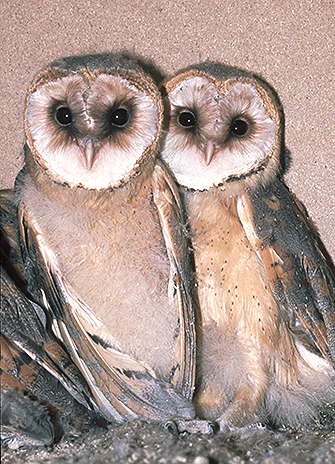
Lizards and owls can help scientists better understand human hearing, according to new research out of York University’s Department of Physics & Astronomy in the Faculty of Science.
Human ears not only detect sounds, they emit them as well, either spontaneously or in response to external sounds. “The ears of many animal species, such as lizards and owls, do the same despite striking differences in the anatomy of the ear,” says Professor Christopher Bergevin, also a member in the Centre for Vision Research.
The faint sounds the ears generate are called otoacoustic emissions (OAEs) and they can be detected with a sensitive microphone in the ear canal, says Bergevin.
Typically, only healthy ears emit sound, allowing OAEs to be commonly used for clinical applications, such as newborn hearing screening. The biophysical principles underlying the sound generation, however, are not well understood, limiting their potential use, he says.
For their study, Bergevin and his co-researchers selected barn owls and green anoles from the many varieties of species which produce OAEs. The researchers compared the sounds emitted by the ears of owls and lizards with those of humans and found that the emissions originate from similar biomechanical principles, indicating a common thread at work in all ears.

“The non-invasive nature of the measurements is a bonus too – we can obtain fantastic and revealing physiological data without harming nary a feather or scale,” says Bergevin, who worked on the project with German researchers, Professors Geoffrey Manley and Christine Koppl at the School of Medicine & Health Sciences, Carl von Ossietzky University.
The study, “Salient features of otoacoustic emissions are common across tetrapod groups and suggest properties of generation mechanism,” was published online March 4 in the journal Proceedings of the National Academy of Sciences.


